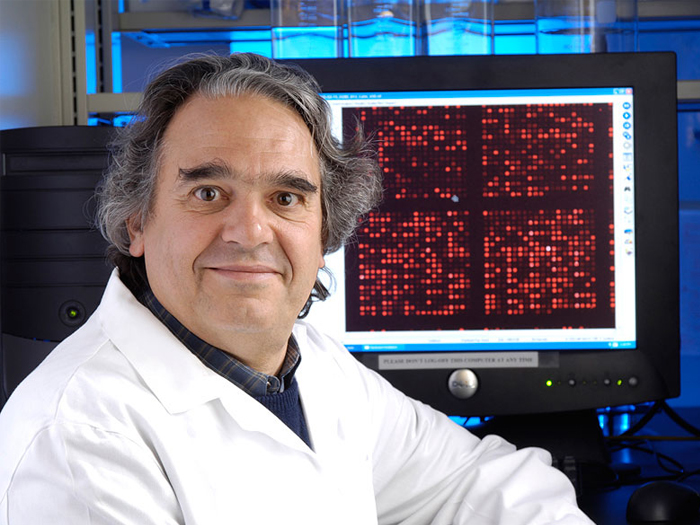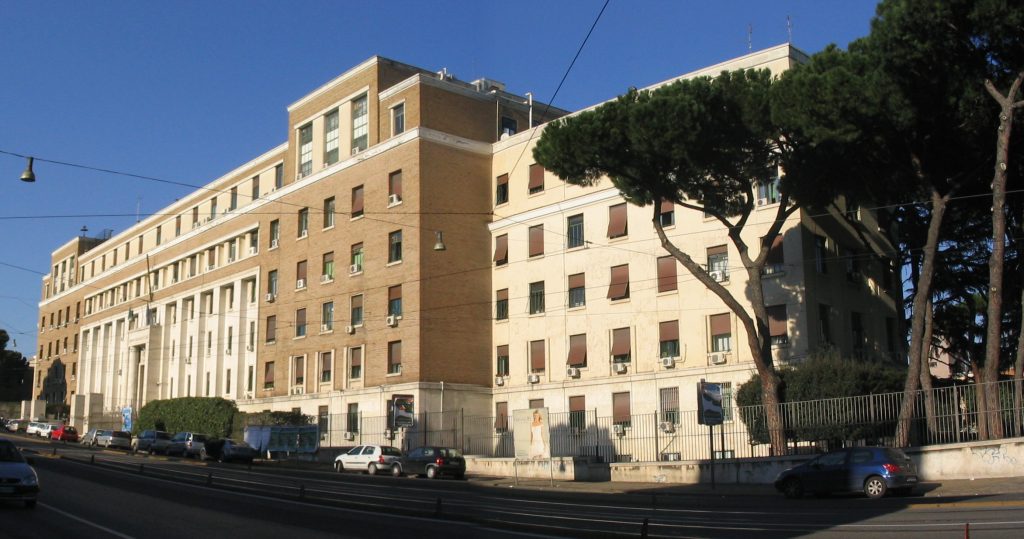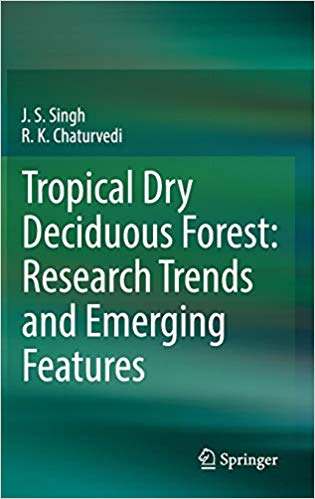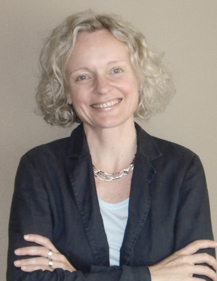A year ago today, Jennifer Powers, a co-author of a 2009 paper wrote to Springer Nature to alert the publisher to the fact that Tropical Dry Deciduous Forest: Research Trends and Emerging Features, a 2017 textbook by J. S. Singh and R.K. Chaturvedi, had plagiarized her work, and the work of others. A publisher representative responded six days later, saying they would look into the matter.
Then, for five months, crickets.
On January 23 of this year, Powers, of the University of Minnesota, sent another message asking for a progress report. Several days later, a Springer Nature staffer wrote to say they would provide an answer by mid-February.
Mid-February came and went, and the co-author sent another reminder, as did Jesse Lasky, of Penn State, another of the authors who said his work had been plagiarized. Back from Springer came this message:
Continue reading Springer Nature took eleven months to retract a plagiarized book, then made it disappear without a trace








